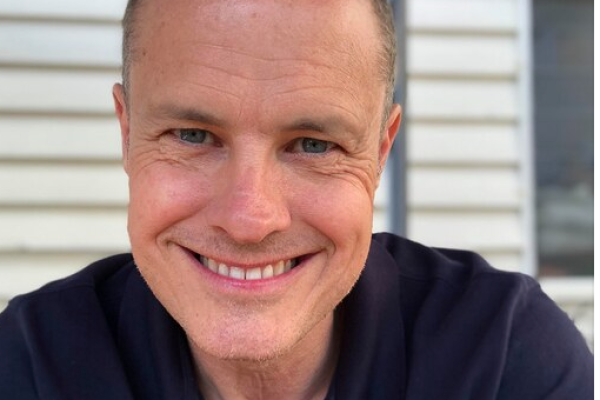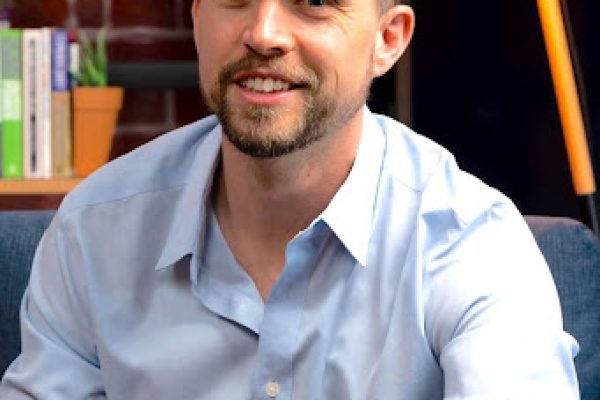I was standing behind the espresso bar, wearing my usual green apron. Like a thousand customers before him, he walked up to the counter and stared helplessly at the menu, trying to interpret foreign-looking words and make an educated decision on what he wanted to drink.
Was it a life or death decision? No. But a $5 coffee is a treat for most people and he didn't want to order something he'd regret after one sip.
I helped him out by asking a few simple questions to lead him to the best choice:
- Are you in the mood for something hot or cold?
- Do you like less sweet or more sweet?
- Do you need some serious caffeine or just a bit?
Based on his answers, I made my way through an internal decision tree and arrived at a drink suggestion most likely to make him happy.
The whole transaction took less than 45 seconds, but the result was a customer confident in his choice. Instead of leaving him to flounder with his order and possibly leave unhappy, I ensured a successful customer experience.
What's Good for My Customers is Good for Me
I know the Starbucks example is a silly one and you may think I have an over-inflated sense of my value over something so simple as helping a customer order a drink, but I think you can apply the same principles on a larger scale.
Whether it's a $5 coffee or a $50,000 investment in a website, leading customers through a process of discovery accomplishes two important things:
It helps me understand the full scope of what a customer needs to achieve success.
The customer understands what's involved in delivering on those needs and can make the best decision for their business.
My clients are experts in their business – it's not their job to be an expert in web technologies. My role is to understand their needs and offer options that best address their requirements and goals. When my customers can make educated decisions, it's a win for both them and me (after all, happy customers refer me to their friends). 🙂
Enter: The Discovery Process
Some consultants call it the inception phase, others call it a project audit – I happen to call it discovery. The name doesn't really matter, it's the process that sets the stage for a successful project.
Discovery is a time to gather as much information as possible about the client: their customers, goals, business objectives, marketing efforts, etc.
The discovery process is the most important part of a project. It gives me the opportunity to understand the overall business context and uncover opportunities for added value that might have remained hidden if I'd jumped straight from project request to solution without taking time to fully understanding the problem.
It's an opportunity to zoom out and capture the bigger picture before jumping into the details.
Go ahead, Object
If you're a freelancer maybe you're thinking: My customers will not pay me for this “discovery phase.” They're already on a tight budget and the added cost of discovery time up front isn't worth it to them.
Okay, I feel ya.
But let's take a time out to talk about cost versus investment. What's the difference?
A cost is simply an expenditure of money, time, or resources. An investment is an expenditure that has a strong possibility of a return – To the Edge Consulting (it's worth a click to read the full article)
If your clients “just need a website,” they're thinking about cost. A website is just another expense, like paying the rent, or taking out some advertising space in the yellow pages.
When you can transition your mindset to think about investment, you're in a position to discover how to convert “just a website” (or whatever service you sell) into something that provides ongoing value for your client.
Starting with Discovery
To circle back around to the barista example, it all starts with simple discovery. If you're a freelancer, take a look at your current discovery process (trust me, you have one even if it's as basic as “What's your budget and your goal?”) and consider whether you have opportunities to fine-tune it or polish it in a way that adds value to your clients and sets the stage for a better project.
When we align ourselves as business partners with clients, interested in their success, we move from being just a cost to a good investment.




